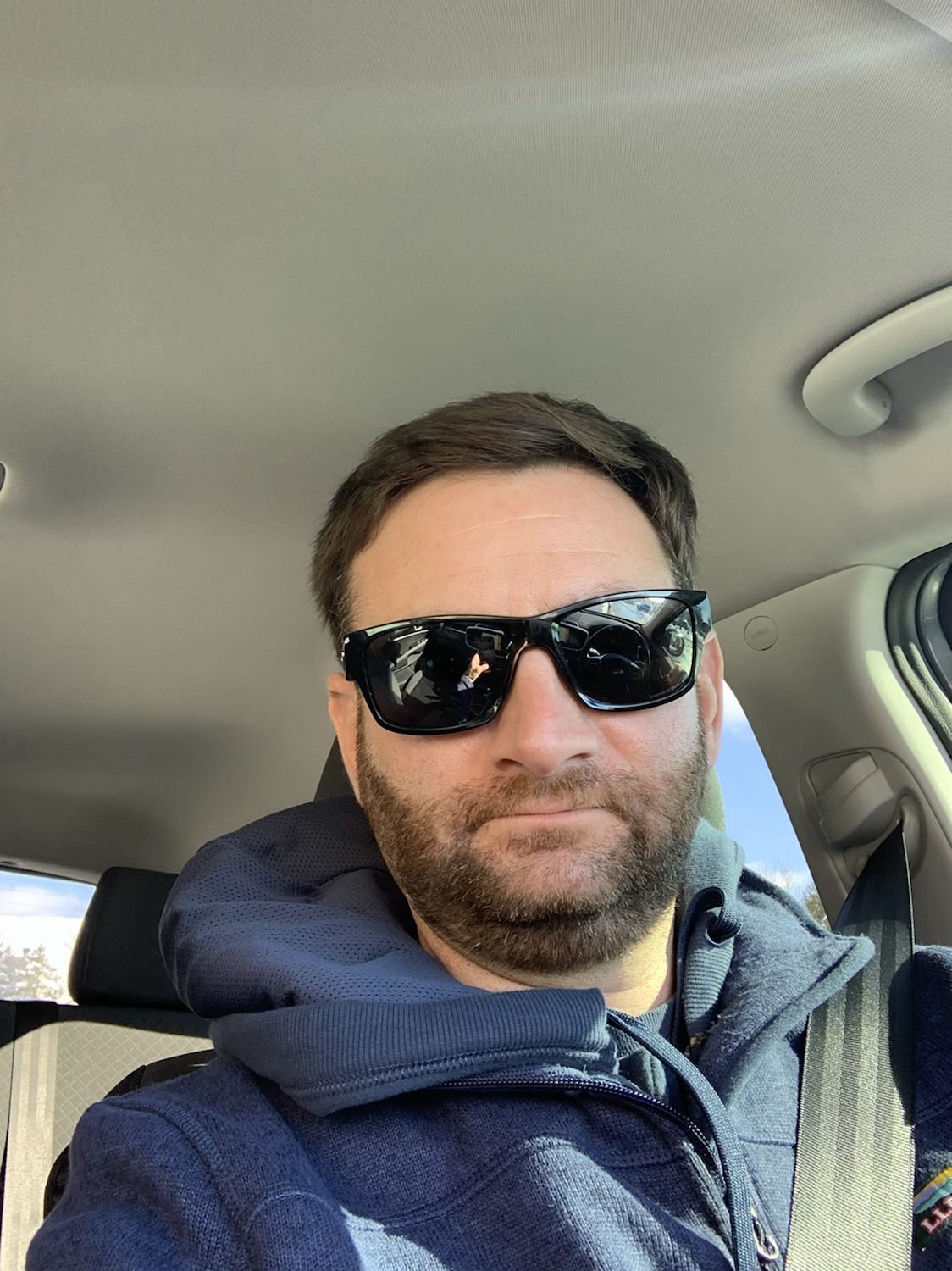Harmonization
- Marc Fisher

- Jul 5, 2014
- 3 min read
The majesty of music is hearing multiple layers of sound working together. Each person in a choir is an individual singing something unique. Their voice is not the exactly the same as the other vocalists, their line of music is not the same, but it all comes together to make something beautiful. Lest you think the Illinois Truck Enforcement Association is getting soft, harmonization between units of government is a national issue for the specialized transportation, and this article will explain how the ITEA is supporting the effort. Imagine this: you are a heavy hauler domiciled on the east coast. An energy company in California hires you to transport a massive generator from the Port of Baltimore in Maryland to Los Angeles. Months are spent planning. Route surveys, permit procurement, escort vehicles, utility relocation, police protection…the list goes on and on. It’s a massive process, and expensive too. Just when you think you got it all figured out, one the states you are going to pass through (let’s just say Illinois) reports there is problem with the route crossing an overpass. You are informed the move will have to be diverted onto local roads involving one county and four municipalities. Your transportation world just imploded. Other than the hassle of obtaining the local permits, each individual locale has their own specific rules and provisions about lighting, signs, escorts, and times of day. What may be customary and industry standard at the state level does not jive at the local level. There is no harmony. All the voices are working against each other. The only tune being sung is utter discontent for bureaucracy. Make no mistake, harmonization is not just about local government, it’s about state government as well. Rules for oversize/overweight (OSOW) moves vary between each state, each county, each township and each municipality. In Illinois, the Illinois Department of Transportation is the permit authority for all state highways, sans the tollways. Their rules and regulations have been most replicated by local government in Illinois, but this not a universal trait. Many locals have created their own set of rules which do not harmonize with IDOT. Several years ago, the American Association for State Highway Transportation Officials (AASHTO) began studying this issue in depth. AASHTO represents the state departments of transportation for all 50 states, Puerto Rico and Washington DC. In 2012, the subcommittee on highway transport, and all 52 members, passed a resolution committing to harmonization based on five permit categories: escort requirements, warning flags, warning lights, warning signs and, days/hours of operation. This was called Phase I. In March 2014, the subcommittee released the results of their Phase II study. Phase II explored all the different rules and regulations between the states, and identified the minimum requirements. For instance, let’s say 10 states required escort vehicles over 12,000 pounds GVWR, 38 states required escort vehicles over 10,000 pounds, and 4 states required escort vehicles over 8,000 pounds. The 10,000 pound escort vehicle would become the minimum standard, meaning four states would need to come into harmony by passing rules or legislations to do so. This is no easy task though. Legislation and administrative rulemaking is an intensely political issue. Change has to begin somewhere, and AASHTO is taking the lead role creating model policy for the states to follow. The problem is the final mile. Even if all 52 member AASHTO jurisdictions come into perfect harmony, there is no mandate for local government to do so. Even in a day where consolidation of local government is becoming a buzzword, Illinois is decades away from ever seeing real change. Until then, it will be a battle to harmonize over 3,000 units of local government with highway jurisdiction. Like AASHTO at the national level, the ITEA has agreed to champion this cause for local government in Illinois. Last month, the ITEA Board of Directors voted to pass Resolution 2014-01 encouraging local government to adopt the minimum Phase II standards for their local permits. For our police members whose towns or counties offer OS/OW permits, step up and begin the conversation to meet these standards in your local town. For our industry members, pick up the phone and start respectfully demanding them to do so.
It’s no secret Illinois is one of the most unfriendly states to good business. Permit harmonization is a small measure all those involved in Illinois transportation can take to start improving that reputation. On July 14-17, the SCOHT is meeting for their annual conference in Philadelphia. Let’s give them a shock that Illinois is doing something right.

#truckers #subcommitteeonhighwaytransport #AmericanAssociationofStateHighwayTransportationOfficials #oversizeoverweight #AASHTO #OSOW #legislation #professionalism #ITEA #oversize #trucking #localpolice #permitpolicy #overweight #lawenforcement #regulatory #IDOT #IllinoisTruckEnforcementAssociation #oversizeoverweight #SCOHT #harmonization #cops





Comments